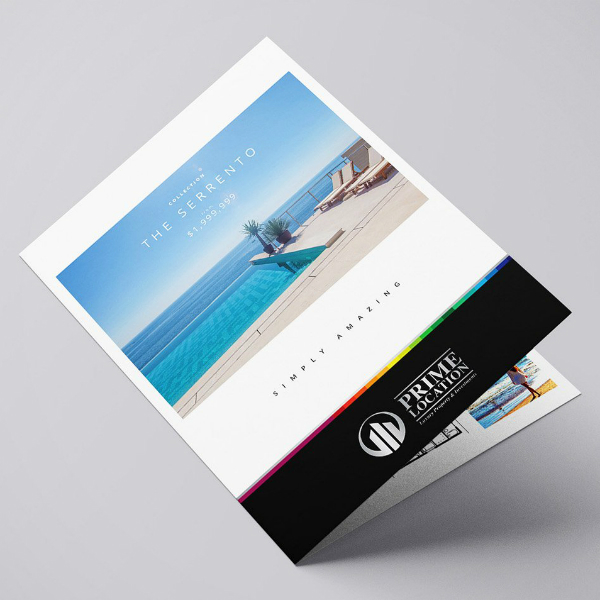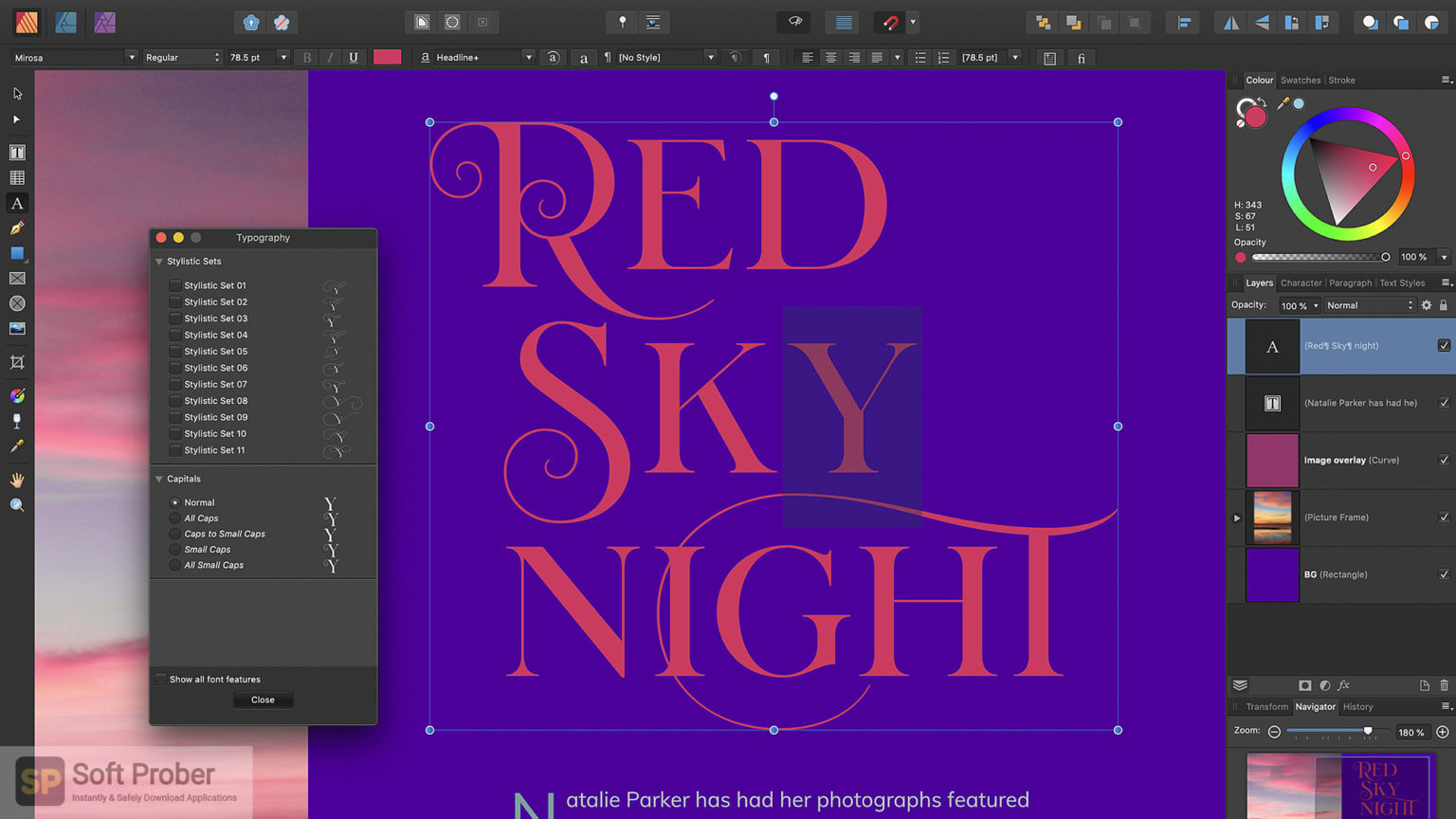

The bars at the top and bottom of this page could be designed as a master page. Two-page spread is a design that incorporates both sides of a layout.

They can be viewed separately, but also work well together.īy using the two-page spread as a single design, the Rule of Thirds becomes visible. Figures 7.14a and 7.14b also make up a two-page spread.

It is not necessary to design pages that are so closely connected. In Figure 7.13 it is apparent that the designer worked on both pages together since text and images flow across the page spread. It is easy to design two individual pages that look great separately but clash when viewed together. This allows the pages to be arranged so that you can see which pages will be viewed as a whole.
PAGE LAYERS IN MICROSOFT PUBLISHER SOFTWARE
Novices often forget to consider the design impact of the second page as they are designing a document.ĭuring the setup process, desktop publishing software asks if you are designing a spread. Even folded brochures can be read as a spread once the entire brochure is unfolded. Two-page spreads occur in topics and newsletters when one page is across from another. Often two pages in a document are viewed as a single page. Master pages also speed up the design process because you do not have to add that part of the design to each page.Īrranging is the term that Adobe InDesign uses to describe the process of moving a layer up or down.ĭrop shadow is a dark blurred edge around an image to give it a feeling of depth.įeathering is the blurring of the edge of a graphic or text. With a master page as the background, you can then add different elements for each page while still maintaining a consistent feel. One way to design multiple pages is to use the master page option available in desktop publishing software. This includes two-page spreads and front and back designs. As you design a page, you must keep in mind the other pages that will make up the entire document. Page Design OptionsĪ desktop publishing document often includes more than just a single page. With the use of layers on a web page, designs can be created that are far more interesting and multidimensional than those created without them. Web Layersīorders, bleeds, and margins are seldom used as web design tools, but layers are frequently applied. This effect makes the layers more apparent. Drop shadows give a three-dimensional effect to the image, making it appear to float above the layer below it.This made it appear as though the sun was shining from the right side, creating a shadow. You will learn more about feathering in a later topic. The shadow has a slightly blurred edge called feathering. The text becomes the foreground layer.Īttaching a drop shadow to an image is a technique frequently used when layering images onto text. Layered on top of it is the image of the topic with another layer of water on top of it. Notice the background image of the white water.
PAGE LAYERS IN MICROSOFT PUBLISHER SERIES
Learning to see a page as a series of layers rather than a single flat sheet of paper is a design tool that can serve you well. As a result the use of drop shadows and layers to create a multilayer look is important. As readers come to expect multidimensional experiences, they also expect that the documents they read will provide a similar feel. The use of layers in design is becoming more popular.

The use of layers on a page adds an extra dimension of depth, making the page more interesting.


 0 kommentar(er)
0 kommentar(er)
